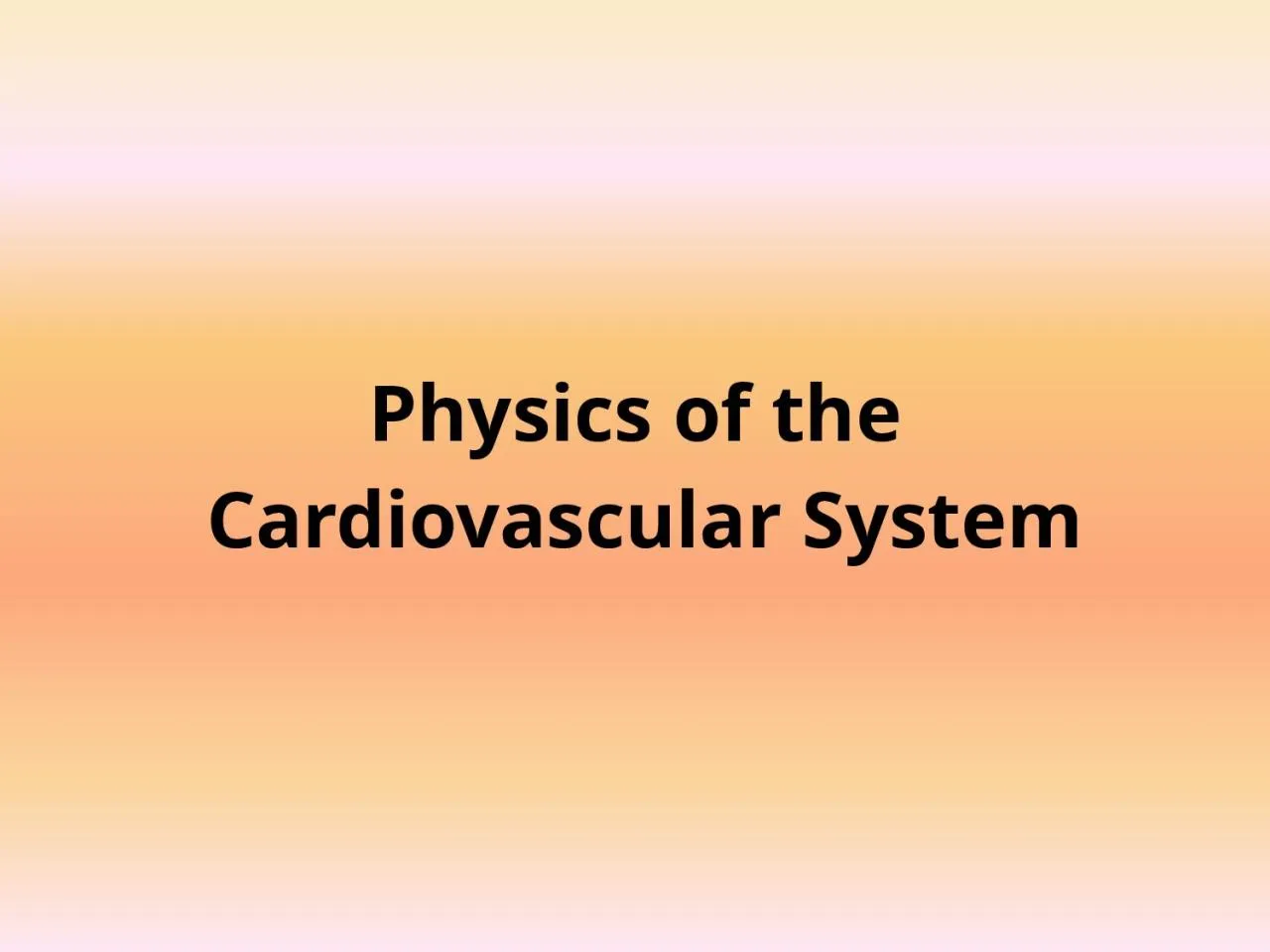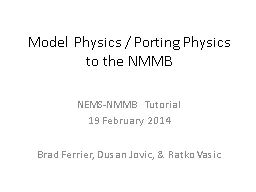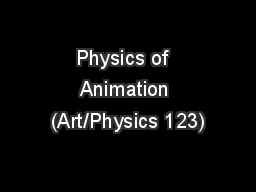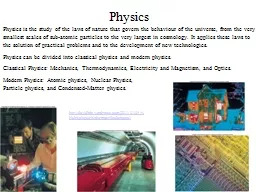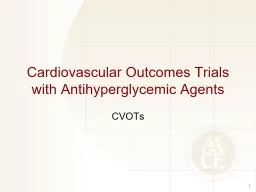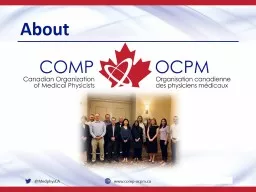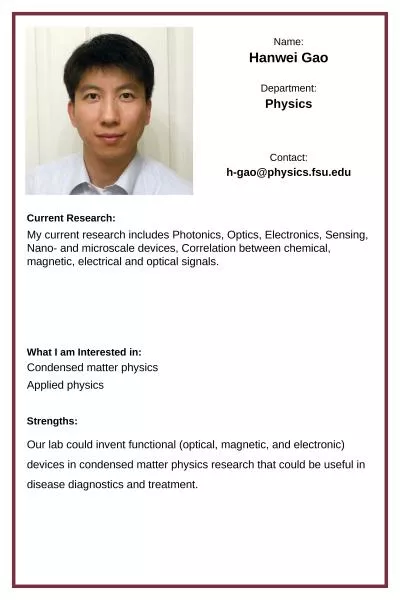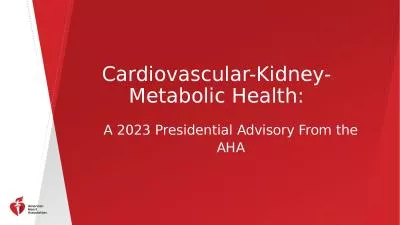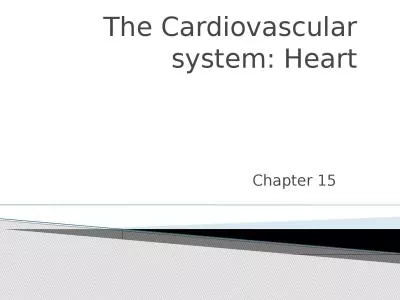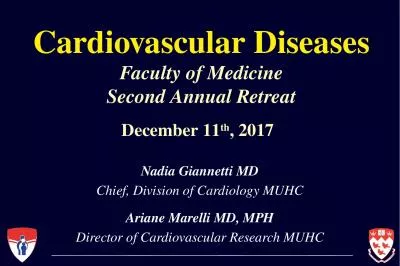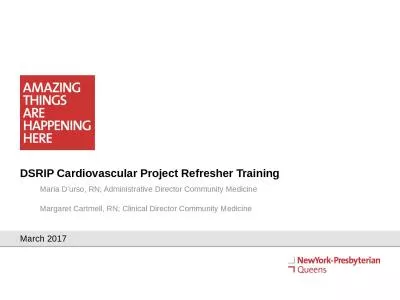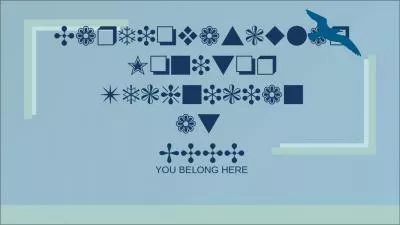PPT-Physics of the Cardiovascular System
Author : winnie | Published Date : 2022-06-01
The cells of the body act like individual engines In order for them to function they must have 1 Fuel from our food to supply energy 2 O2 from the air we breathe
Presentation Embed Code
Download Presentation
Download Presentation The PPT/PDF document "Physics of the Cardiovascular System" is the property of its rightful owner. Permission is granted to download and print the materials on this website for personal, non-commercial use only, and to display it on your personal computer provided you do not modify the materials and that you retain all copyright notices contained in the materials. By downloading content from our website, you accept the terms of this agreement.
Physics of the Cardiovascular System: Transcript
Download Rules Of Document
"Physics of the Cardiovascular System"The content belongs to its owner. You may download and print it for personal use, without modification, and keep all copyright notices. By downloading, you agree to these terms.
Related Documents

